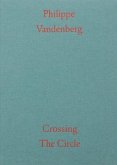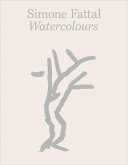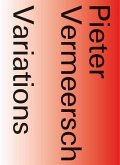Best known for his installation work encompassing sculpture, video and soundscapes, Philippe Parreno (born 1964) started making delicate, detailed drawings of fireflies in 2011 when he was taken ill with cancer. While his work has long focused on ideas of time and duration, narration and representation, and the boundaries between fiction and reality, in this series a new intimacy and obsessiveness is revealed. The dozens of pen-on-paper drawings, made over the next few years and collected here for the first time, show how Parreno worked and reworked his subject, finding drawing an invaluable creative refuge during his convalescence. In these intricate and textured works, the fireflies' light is often created by an absence of darkness or pigment, capturing perfectly the bioluminescent glow emanating from the insect's abdomen. Parreno has systematically given away the drawings as gifts to friends, often in triptychs or in larger groups, in reference to John Conway's The Game of Life, a cellular automaton in which any live cell with fewer than two live neighbours dies. With an engaging interview by Hans Ulrich Obrist, artistic director of the Serpentine Galleries, and an essay by Belgian philosopher Vinciane Despret giving fascinating insight into this little-known body of work, Fireflies invites the reader to reconsider the nature of memory and time, repetition and rejuvenation, and the creative act itself.
Hinweis: Dieser Artikel kann nur an eine deutsche Lieferadresse ausgeliefert werden.
Hinweis: Dieser Artikel kann nur an eine deutsche Lieferadresse ausgeliefert werden.








